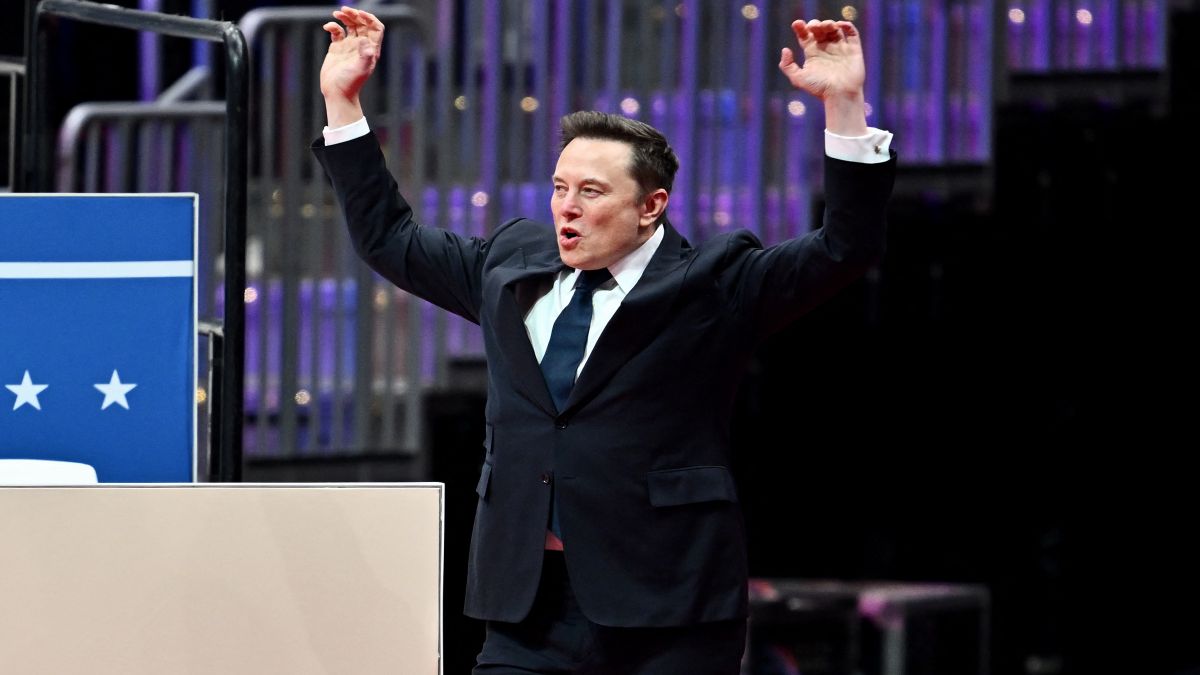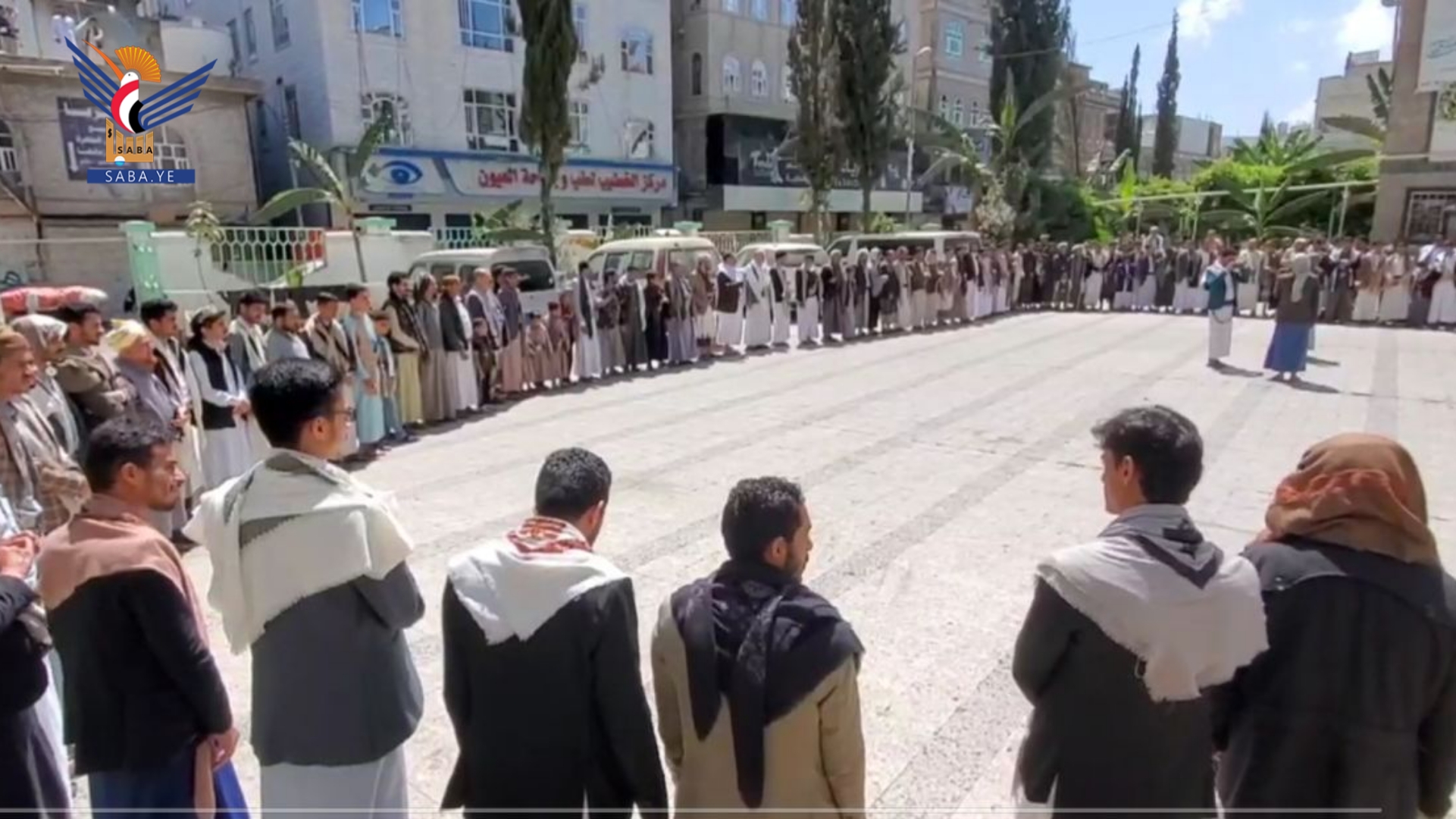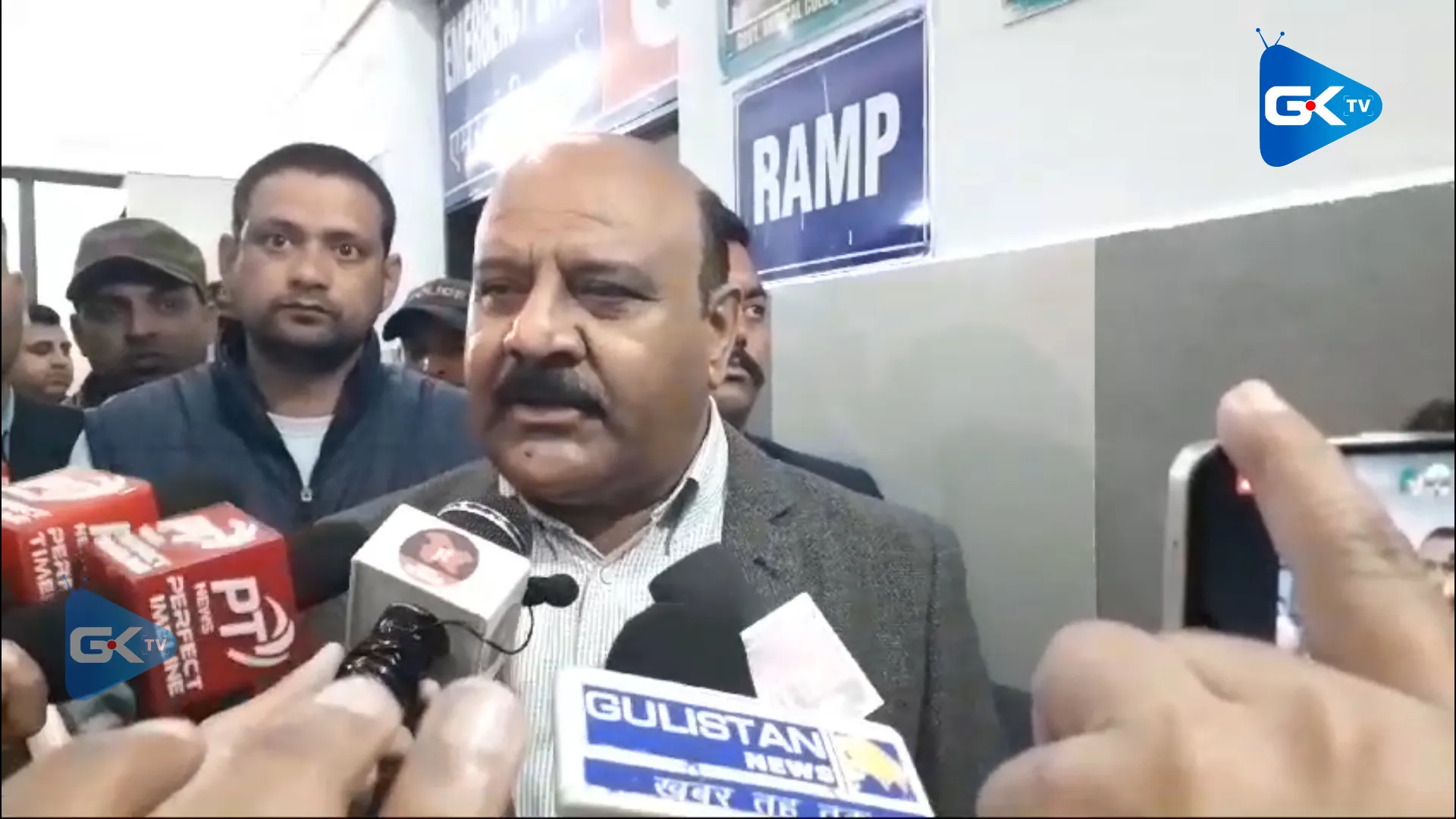
A medium-range ballistic missile (MRBM) is parachuted from a C-17 Globemaster III 1,500 km from the southernmost island of the Mariana Islands in the northwestern Pacific Ocean. As the missile launches in mid-air, reaches the exosphere and starts hurtling towards its target, an AN/TPY-6 radar detects it and directs an RIM-161 SM-3 surface-to-air missile. The MRBM is destroyed 600 km above.
On December 10 last year, the United States (US) achieved a critical milestone in missile defence . The adversary was China, the target was Guam and the US radar and interceptor missiles were part of the Aegis Ballistic Missile Defence (ABMD), which intercepts ballistic missiles in the mid-course phase—before they can re-enter the atmosphere. The test was part of the planned Enhanced Integrated Air and Missile Defence System (EIAMD) on Guam.

According to the Missile Defence Agency (MDA), the EIAMD will provide “360-degree coverage, and layered defence against regional ballistic, manoeuvring ballistic, hypersonic glide, and cruise missile threats”. Guam will play a key role in a US-China war over Taiwan or against a North Korean attack. The island houses the Andersen Air Force Base, Apra Naval Base and a Marine Corps base, Camp Blaz.
Guam is also vulnerable to Chinese and North Korean ballistic missiles. On April 17, 2020, the then-Donald Trump administration ended the 2004 Bomber Assurance and Deterrence (BAAD) mission in Guam under which B-52, B1 and B2 bombers were stationed in six-month rotations to reassure South Korea and Japan. The Chinese IRBM DF-26, dubbed the ‘Guam Killer’, or ‘Guam Express’, was the reason for ending the BAAD mission.
In its report titled ‘Military and Security Developments Involving the People’s Republic of China 2020’, the Department of Defence (DoD) said that the DF-26 was “capable of conducting precision strikes in the Western Pacific, the Indian Ocean, and the South China Sea from mainland China”. Besides, China’s H-6K bomber can target Guam with its Changjian-20 cruise missiles. The US plans an Israeli-type four-layered missile defence shield—Arrow System, David’s Sling, THAAD and Iron Dome—for Guam to counter the Chinese threat.
EIAMD will comprise the ABMD, Patriot, THAAD and the short-range Indirect Fire Protection Capability. The DoD will conduct two missile tests on Guam annually and finally place missile interceptors at 16 sites on the island. History of US missile shield concept The concept of a missile shield dates back to post-World War II in the context of the German V-2 rocket, the world’s first ballistic missile.
Starting in the 1950s, several US missile defence projects were planned to counter Soviet ICBMs only to be scrapped. In the 1950s, under Project Nike-Zeus, ground-based interceptor missiles were to be deployed against Soviet ICBMs. In the 1960s, Project Defender and the Ballistic Missile Boost Intercept planned to use satellites with missiles orbiting directly above the USSR.
In the same decade, the Sentinel Programme aimed to deploy the long-range Spartan missile, short-range Sprint missile and associated radar and computer system. In 1969, Sentinel was renamed Safeguard to protect some American ICBM-silo areas from attack. In the 1980s, the concept of destroying ICBMs before they could re-enter emerged in the Kinetic Kill Vehicles (KKV) programme.
Every KKV had an infrared seeker, guidance electronics and a propulsion system. On June 10, 1984, a Minuteman RV missile was intercepted 160 km above the earth. In 1983, Reagan announced the Strategic Defence Initiative (SDI), a proposed shield against Soviet ballistic N-missiles that was derisively called ‘Star Wars’.
The Strategic Defence Initiative Organisation (SDIO) planned to develop lasers, particle beam weapons and ground and space-based missile systems and sensors and satellites spanning the globe. In 1987, however, the SDI’s budget was cut as the US realised that research would take another decade. SDI was replaced with ‘Brilliant Pebbles’ to deploy thousands of small satellites with missiles in low-earth orbit that would collide with Soviet ICBMs before their warheads separated.
The final cost of Brilliant Pebbles was $55 billion for 4,600 missiles. In 1993, SDIO was renamed Ballistic Missile Defence Organisation (BMDO) focusing on theatre, not national, missile defence. In 2002, BMDO was renamed MDA.
Even under Reagan’s successor, George HW Bush, the idea of a Global Protection Under Limited Strikes (GPALS) was floated in June 1991. The DoD was directed to do R&D on capabilities to provide global protection against limited ballistic missiles. GPALS would consist of surface and space-based sensors to spy on and track ballistic missiles of all ranges from launch time.
The sensors would provide information to American forces and allies. Surface and space-based interceptors (SBIs) would provide high-confidence protection to targets under attack. While SBIs in the US and allied nations would intercept any warhead, SBIs would provide continuous, global interdiction capability against missiles with a range greater than 600-800 km.
GPALS would be a combination of theatre ballistic missile defence (and associated space-based sensors), ground-based defence (with space sensors) and interceptors based in space (Brilliant Pebbles) capable of intercepting enemy ballistic missiles with ranges greater than several hundred kilometres. Under the Barack Obama administration in June 2016, the House of Representatives version of the 2017 National Defence Authorisation Act contained a similar provision . The House version required MDA to plan for “concept definition, design, research, development, engineering evaluation and test of a space-based ballistic missile intercept and defeat layer to the ballistic missile defence system.
Trump’s ‘Iron Dome for America’ In 2019, then-President Donald Trump formed the Space Development Agency (SDA), which includes the MDA. Using disruptive space technology, the SDA is placing satellite constellations to enable space-based missile tracking. In a January 27 executive order, Trump mentioned President Ronald Reagan’s endeavour “to build an effective defence against nuclear attacks” and called for an ‘ Iron Dome for America ’ against ballistic, hypersonic, advanced cruise missiles and other next-generation aerial attacks.
The secretary of defence must submit a “reference architecture, capabilities-based requirements and an implementation plan for the next-generation missile defence shield” within 60 days of this order. The missile shield will also accelerate the deployment of a hypersonic and ballistic tracking space sensor layer and develop and deploy proliferated SBIs capable of boost-phase intercept. Trump also wants the development and deployment of “non-kinetic capabilities (laser weapons) to augment the kinetic defeat” of such missiles.
However, Trump’s idea of a missile shield covering the whole of America is infeasible and too costly. The Guam missile shield will be ready only after 10 years and will cost around $10 billion. Considering Guam’s size, around 544 sq km, an Iron Dome for America will need decades to cover 9,826,630 sq km and cost hundreds of billions of dollars.
In a March 2017 report titled ‘Implications of Ultra-Low-Cost Access to Space’, the Centre for Strategic and International Studies estimated the cost of a boost-phase SBI system to be $67 billion-$109 billion . In 2016, MDA’s then-director Admiral James Syring expressed “serious concerns about the technical feasibility of the interceptors in space” and the “long-term affordability of a programme like that”. Besides the time and cost, other factors make Trump’s missile shield idea impractical.
First, no missile shield can guarantee 100 per cent defence. When the enemy fires a swarm of projectiles, like missiles, rockets and drones, the probability of some of them breaching the missile shield is extremely high. Israel’s total area is 22,145 sq km, around the same as that of the US state of New Jersey—but its missile shield failed to stop all Hezbollah and Iranian missiles and rockets.
When Hezbollah fired around 250 rockets and other projectiles into Israel last November, some of them reached Tel Aviv and wounded seven people. In October, Iran fired around 180 missiles with some of them landing in Israel’s central and southern parts despite two US naval destroyers assisting Tel Aviv in intercepting them. Second, once the enemy missile is launched, the interceptor would leave its orbit and collide with it during the boost phase.
The US would need thousands of missile interceptors disguised as satellites to monitor Chinese or Russian missiles, which outnumber the arsenal of Hezbollah or Iran. Third, after more than seven decades and $350 billion in investment, no US system is “effective against realistic ICBM threats”, a February 9, 2022, study conducted by the American Physical Society (APS) says. Though APS, a non-profit membership organisation for physicists and scientists in related fields, removed the report from its website the same year due to two errors, the study made some interesting and practical observations.
In a hypothetical North Korean missile strike versus American ground-based missile shields and futuristic laser weapons and SBIs, the study found that it would take 15 years to defend against even a small number of North Korean ICBMs. In the case of SBIs, hundreds of on-orbit platforms would be needed to shoot down only one North Korean ICBM. Besides, space-based laser weapons that can intercept ICBMs before the boost phase “will not be ready for prime time” within 15 years, the study notes.
“Creating a reliable and effective defence against the threat posed by even the small number of relatively unsophisticated nuclear-armed ICBMs that it considers remains a daunting challenge,” the study finds. According to APS, there are numerous difficulties in countering ICBMs: unresolved countermeasures problems for midcourse-intercept to the severe reach-versus-time challenge of boost-phase intercept. Frederick Lamb, a physics professor at the University of Illinois who chaired the panel that conducted the study, said in a webinar in February 2022 that an SBI system would require “at least, 400 orbiting interceptor platforms” to counter a single, liquid-fuelled North Korean ICBM”.
And, 1,600 SBIs would be needed to destroy one solid-fuelled ICBM. Space-based missile shield to benefit Musk Trump’s missile shield idea might be far-fetched, but if implemented, his latest billionaire pal and SpaceX CEO Elon Musk will benefit the most. The Tesla CEO and X owner, who heads the new Department of Government Efficiency, already owns 3,660 satellites—part of SpaceX’s subsidiary Starlink—or about 50 per cent of the around 7,300 active satellites.
Musk secretly forayed into building military and spy satellites, a field earlier dominated by arms manufacturing giants like Raytheon and Northrop Grumman, in 2021. SpaceX’s secretive business unit Starshield makes low-earth-orbit satellites for the SDA, United States Space Force (USSF), National Reconnaissance Office (NRO) and American allies. Starshield’s name wasn’t made public until December 2022 despite the unit bagging a $1.
8 billion contract with the NRO in 2021 to construct hundreds of spy satellites—yet the deal was revealed only in 2023. In a US military classified mission in February 2024, SpaceX launched two missile-detection satellites for the MDA and another four for the SDA on a Falcon 9 rocket—its 11th mission under the National Security Space Launch programme. Two satellites were the prototypes developed under the MDA’s Hypersonic and Ballistic Tracking Space Sensor programme.
The other four were part of the SDA’s Agency’s Tracking Layer Tranche 0. In September 2024, SpaceX achieved a rare feat by building important parts of a system for the SDA that used lasers to securely transmit data between military satellites to track enemy missiles and destroy them around 966 km above the earth. Though the SDA-SpaceX contract is worth only $149 million for the four satellites used in testing the system, the competition for the next stage has already started.
One month later, USSF’s Space System Command awarded a $733.5 million contract to SpaceX for launching nine satellites into a low-earth orbit constellation to deploy missile tracking and data relay satellites and operate the government’s spy satellites. “It allows us to execute launch services more quickly for risk-tolerant payloads, putting more capabilities in orbit faster to support national security,” Kristin Panzenhagen, programme executive officer for Assured Access to Space, said.
On January 9, SpaceX launched the seventh batch of new-gen spy satellites for the NRO called the NROL-153 mission. The classified payloads will bolster American intelligence and surveillance capabilities. The latest spy satellites would provide real-time data on enemy movements and other critical intelligence to support military operations.
Musk’s agenda to foray into manufacturing military and spy satellites fits perfectly into Trump’s scheme of things. The SDA plans 30 launches by 2029 to deploy a satellite constellation to detect and track missiles and provide data to military units. SpaceX is the best bet to achieve this goal as its Falcon 9 is the world’s first reusable, orbital-class rocket, which reduces the cost exponentially.
To achieve this, the SDA requires medium or small rockets that can be launched frequently, offering capabilities comparable to those of a larger launch vehicle. Around 98 Starshield satellites have been launched as of 2024. Musk was smart to hire retired General Terrence O’Shaughnessy, former Commander of the United States Northern Command and North American Aerospace Defence Command, as vice-president of SpaceX’s Special Programmes.
O’Shaughnessy is a strong proponent of a strong space-based sensing layer to detect missiles. “In order to defend the homeland in all domains, we need a sensing grid with undersea, maritime, land, air, near-space, space and cyber layers that reach from the seafloor to outer space,” he told the Senate Armed Services Committee on February 13, 2020. Musk had already made inroads into the sensitive area of national security by building equipment that is part of US spy agencies and military networks.
Trump’s proposed missile shield will bolster SpaceX’s presence in this area. Robert Soofer, a former deputy assistant secretary of defence for nuclear and missile defence policy in Trump’s first term, believes that SBIs are the future. According to Soofer, the US must “increase funding for R&D of next-generation missile defence capabilities to stay ahead of the threats, including improved space-based sensors, SBIs and directed-energy capabilities”.
“Space-based defences should be the primary focus for next-generation missile defence ...
it offers the only feasible option for defeating missiles even earlier, during boost/ascent”. In January, Soofer highlighted “the exploits of SpaceX and their ability to put up hundreds, if not thousands, of relatively inexpensive small satellites”. The writer is a freelance journalist with more than two decades of experience and comments primarily on foreign affairs.
Views expressed in the above piece are personal and solely those of the writer. They do not necessarily reflect Firstpost’s views..















